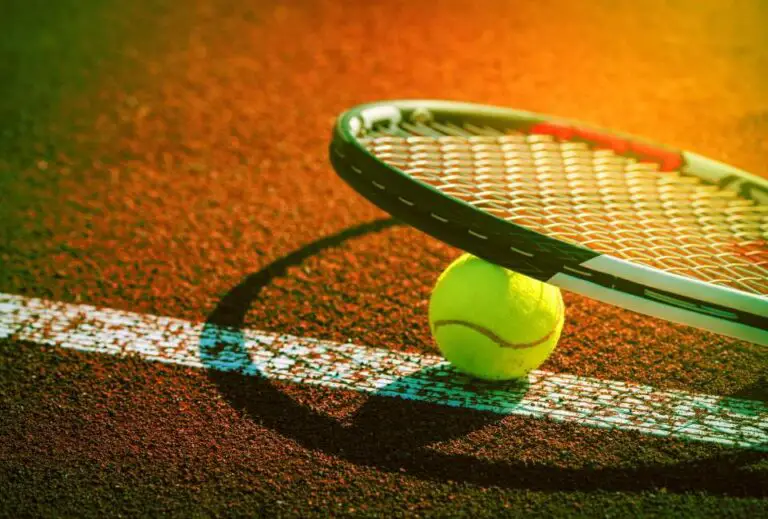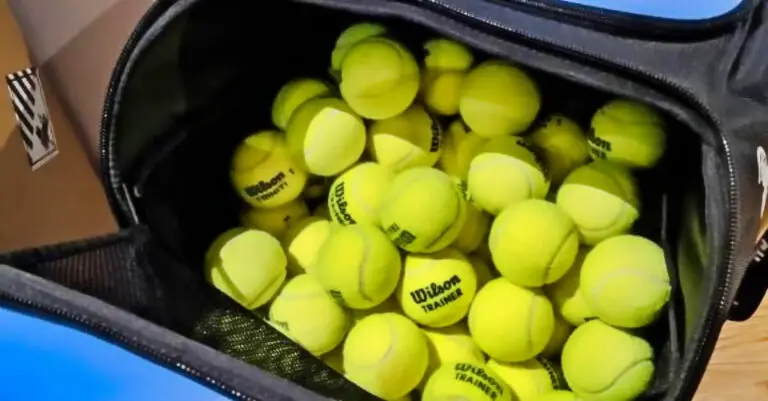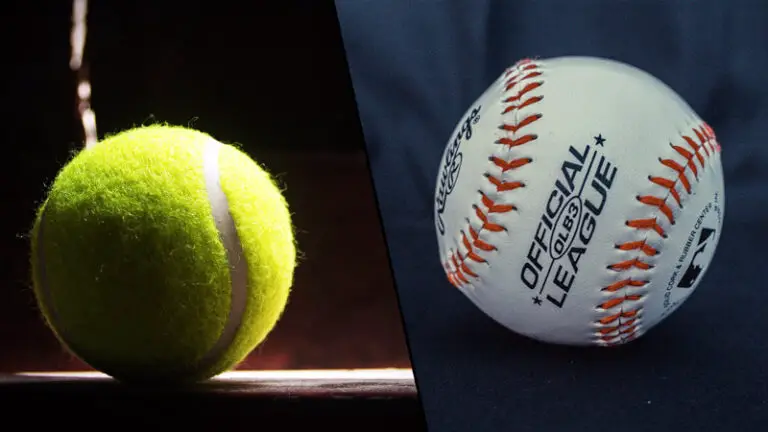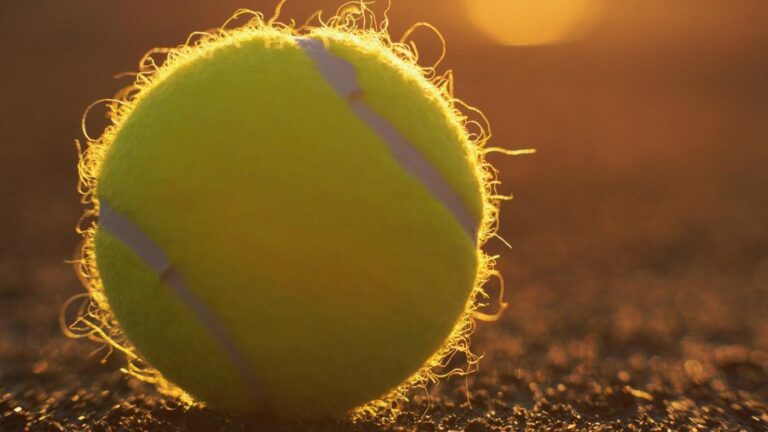Tennis Racket 16×19 Vs 18×20 ( What’s The Difference )
The debate between tennis racquet string patterns 16×19 and 18×20 has been heating up clubhouses and internet forums for many years. Both configurations have passionate advocates in the tennis community, so how do you decide which one is right for your game?
In short, 16×19 string beds typically offer more power and spin potential, while 18×20 patterns provide enhanced control and stability. In the end, your choice between these two popular options depends completely on your playing attributes.

In this article, I will discuss the key differences between 16×19 and 18×20 racquet string patterns and outline the recommended pairings based on playing style, skill level, and your needs as a tennis athlete.
Let’s crack open this great debate once and for all!
Tennis Racket 16×19 Vs 18×20 – What Do Those Numbers Mean?
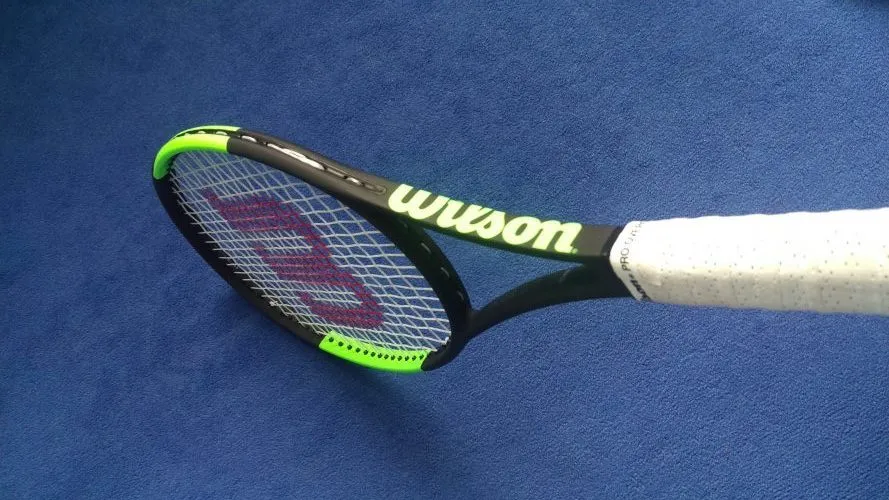
First, let’s demystify what those numbers actually represent on a tennis racquet string bed.
The first number refers to the quantity of horizontal main strings that cross the perpendicular vertical strings running on a racquet’s head. The second number indicates the number of vertical strings that intersect the horizontal main strings.
So, on a 16×19 tennis racquet, there are 16 main strings that cross 19 vertical strings arranged perpendicularly on the head. Similarly, an 18×20 pattern has 18 main strings intersecting 20 vertical crosses.
More main strings means that the gaps or openings between each horizontal string are smaller in width. This contrast in string spacing has implications for performance that we’ll explore in detail.
5 Key Differences Between 16×19 and 18×20 String Patterns
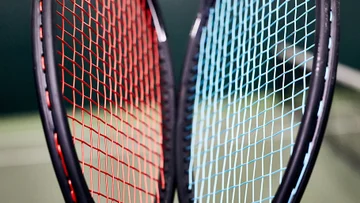
Here’s a more in-depth look at how these two popular tennis racquet string patterns compare:
1. String Spacing and Gaps
The numbers 16×19 and 18×20 refer to the number of main strings (16 or 18) that cross the 19 vertical strings running perpendicularly on the racquet head. More main strings means the gaps between each horizontal string are smaller.
With a 16×19 pattern, the strings are more narrowly spaced, resulting in bigger gaps between the strings. This allows the strings to snap back farther when you strike the ball, creating more spin.
An 18×20 pattern has tighter string spacing and smaller gaps between strings. This dampens the strings and limits snapback, resulting in more control over the ball.
2. Power
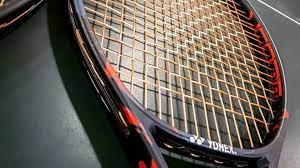
The bigger gaps in a 16×19 pattern allow the strings to “pocket” the ball slightly and deform on impact. The strings then snap back with force, propelling the ball forward with pace and power.
The tighter 18×20 pattern doesn’t pocket the ball as much, resulting in less deformity of the strings and lower power potential. The ball doesn’t dwell on the strings as long before being propelled forward.
3. Spin Potential
The wider string spacing on a 16×19 racquet allows more friction between the strings and the ball, resulting in increased spin. The main strings can displace farther sideways on impact, imparting more rotational force.
With an 18×20 pattern, the ball glances off the tighter string bed with less sideways displacement. This limits the racquet’s ability to generate heavy topspin or slice.
4. Control and Stability

The denser string bed of an 18×20 pattern offers a more consistent response across the face and control over the angle of rebound. The ball comes off the strings reliably no matter where on the face you strike the ball.
With 16×19, the wider string spacing results in more variability in how the ball leaves the racquet face. You get more power but potentially less precision and control.
5. Comfort
The tighter string bed of an 18×20 racquet pattern feels slightly firmer and transmits more vibration to your arm. This can potentially lead to elbow discomfort for tennis players who are prone to tennis elbow.
A 16×19 pattern generally provides a softer, more flexible, and forgiving response at impact. The strings pocket the ball slightly to dampen vibrations before sending it back over the net.
Game Styles and Player Attributes Better Suited to Each Pattern
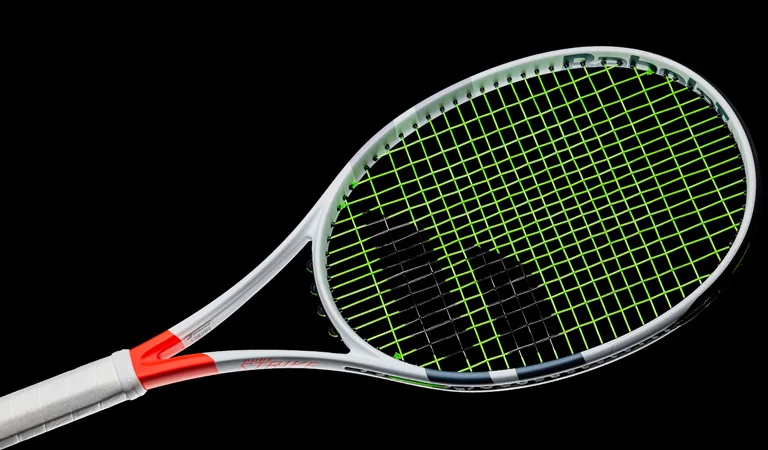
We’ve broken down the major performance differences between these two common tennis string configurations. Now, let’s examine what types of playing characteristics pair best with each pattern’s unique strengths and limitations.
16×19 String Pattern Best Suited For:
- Aggressive baseliners rely on generating lots of heavy topspin on groundstrokes for control and consistency. The extra spin compensates for their flatter swing path.
- All-around doubles players who need the benefits of added power and spin on serves, returns, and net play to finish points more decisively.
- Taller, stronger, and more athletic players can use their natural power to take advantage of the increased pop and spin potential from 16×19 pattern racquets. Control is less of a concern.
- Shorter, high-pace rallies are more frequently seen in doubles, where heavy spin is less critical for consistency and working the point.
- Advanced and elite juniors transitioning to adult racquets where the extra power and spin can help them compete against bigger, stronger players.
- For intermediate to advanced players looking to enhance their competitive edge with more weaponry.
18×20 String Pattern Best Suited For:
- Counter Punchers rely on control and precision to redirect pace and move the ball around the court. Enhanced directional stability is a priority over power and spin.
- All-court and doubles players who value the added touch and precision that comes from an 18×20 pattern on volleys, overheads, and transition shots.
- Singles players frequently see longer, more tactical point construction requiring consistency and finesse. They capitalize on opponent mistakes rather than overpowering them.
- Beginner to intermediate players who are still developing a technique where the control should be prioritized over immediately gaining power and spin from more advanced string beds.
- Tennis athletes suffering from chronic tennis elbow or arm issues that require a more dampened and arm-friendly response at ball impact.
- Players with shorter, compact swings that require control over maximum power and spin generation on groundstrokes and serves.
Hybrid Stringing Patterns
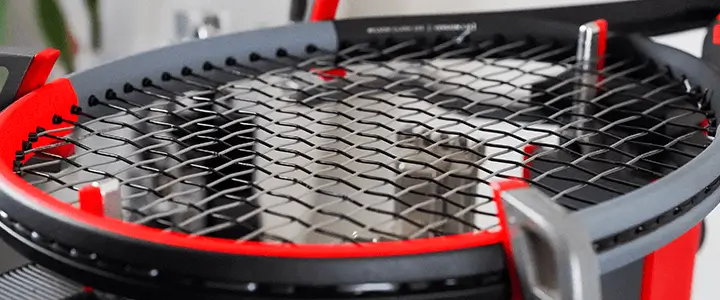
Rather than choosing strictly between 16×19 and 18×20 configurations, some players opt to string their racquets with a hybrid patterning that combines the two. Let’s look at popular options.
16×19 Main Strings, 18×20 Cross Strings
This setup allows you to reap the benefits of spin from the 16 main strings, which determine ball rotation, while the 18 tighter crosses moderate power and provide more control. The result is a mild “pocketing” effect and a blend of both power and control.
18×20 Main Strings, 16×19 Cross Strings
Flipping the patterns provides exceptional directional stability from the 18 main strings, while the 16 crosses allow better grip and bite on the ball for spin generation. This hybrid also offers controlled power with enhanced access to spin. It’s a great option for big hitters looking to balance control and spin potential.
Tip: Discuss options with your stringer to experiment with hybrid string beds to hone the right balance for maximizing your talents on the court.
Head to Head Comparison: 16×19 vs. 18×20 String Patterns
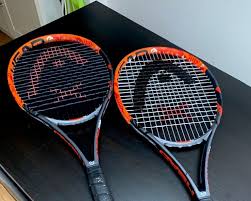
| Racquet Attribute | 16×19 String Pattern | 18×20 String Pattern |
| String Spacing | Wider spacing between mains | Narrower spacing between mains |
| Gaps Between Strings | Larger | Smaller |
| Power | Generates more power | Provides less power |
| Spin Potential | Imparts more spin | Limits spin generation |
| Control and Precision | Results in less control | Allows more control |
| Stability and Forgiveness | More variability off-center | More consistency across face |
| Comfort and Playability | Softer, more flexible feel | Firmer, more transmitted vibration |
Conclusion
As you can see, there are persuasive arguments on both sides of the 16×19 vs. 18×20 debate. The best way to decide is to carefully match the string pattern benefits to your style of play, skill level and needs on the court. If you rely on heavy topspin and power to dictate points, give 16×19 a try. If you prioritize control, consistency, and directional stability, go with 18×20. And for a blend of both, experiment with hybrid stringing options. Consider demoing racquets with different string patterns to discover what feels best for your game.

